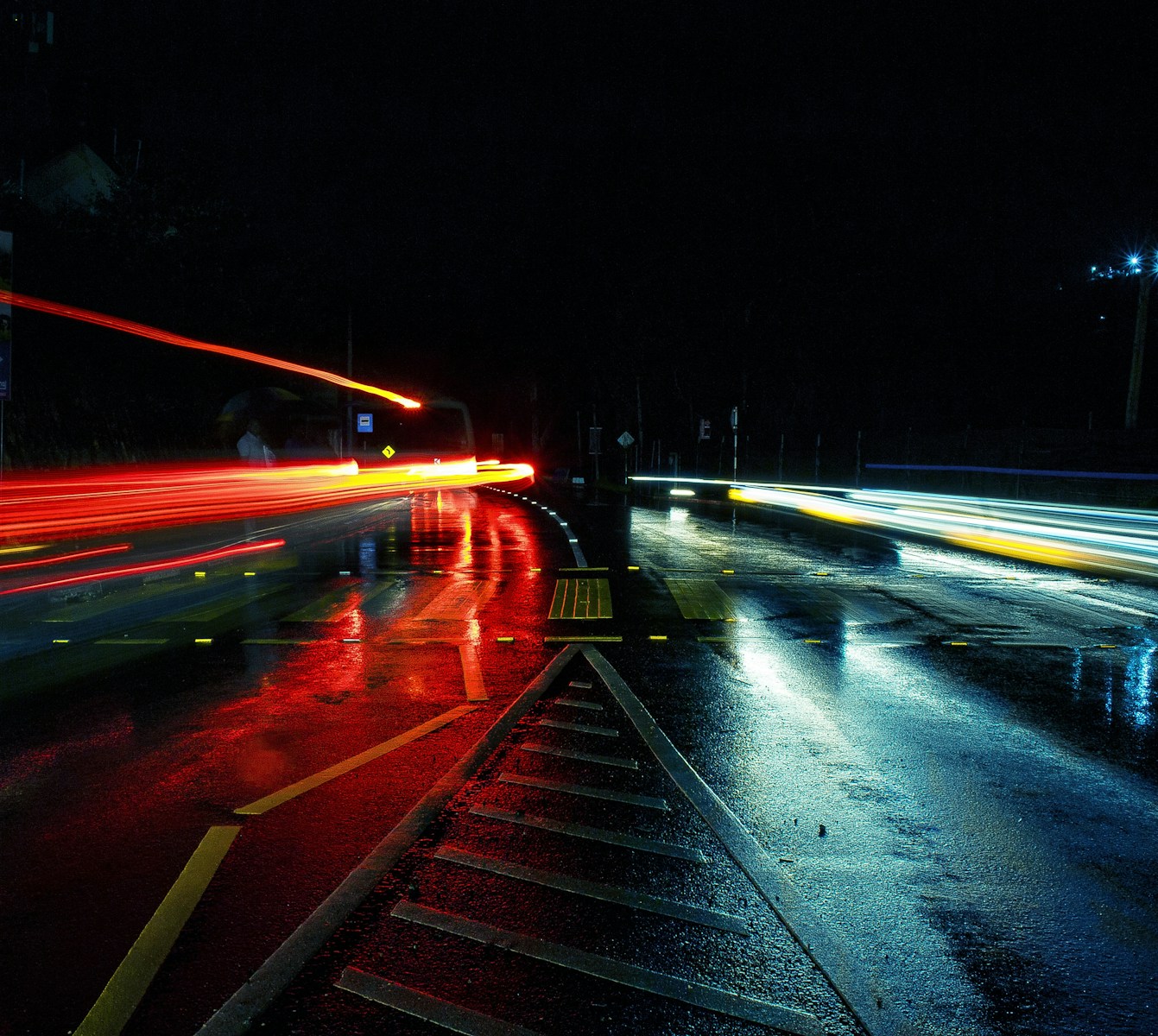The automotive and mobility industry has long sought to increase visibility, improve thermal comfort, and reduce energy consumption. While some solutions have been developed, such as retro-reflective reflectors and NIR-transparent black pigments, they still fall short of providing a comprehensive solution for enhancing object visibility and detectability in various real-life situations. In this blog post, we will explore the groundbreaking technology of crystal glass pigments (CGPs) and their potential to revolutionize the color landscape, improve safety, and aid in the transition to fully autonomous driving.
A New Color Dimension
Crystal Glass Pigments are a novel class of effect pigments that offer increased visibility and detectability while maintaining a high-end thin-layer finish required by the automotive industry. RheoLight™, developed by Ink Invent BV, is the world’s first 3D, form-free, industrially applicable, and commercially viable CGP technology. This technology provides perfectly round crystal glass-microsphere dispersions that solve the technical challenges for incorporation in high-end color coating systems.
CGPs open up a new color dimension, enabling a new toolset for color design that integrates safety-enhancing features into the exterior of vehicles and objects. This new color dimension allows brands to market consumer-favored metallic, pearlescent, and darker-colored vehicles without compromising safety. The impact of this change in the color landscape is comparable to the paradigm shift introduced by effect pigments last century.
Twin-Flop
When combined with solid colors and effect pigments, CGPs create a new twin-flop effect. This effect retains the desired ‘flop effect’ caused by the orientation of effect pigments while adding a return signal along the direction of the incoming light or laser source. The twin-flop effect enhances point-of-view visibility for every coating, making vehicles and objects more visible to drivers, LiDAR systems, and computer vision technologies.
Tunable Detection and Determination Technology
CGPs can be applied in varying concentrations to influence the specular and return aspects of the twin-flop effect. In low concentrations, they provide a subtle new play with light for optical appeal and design. In higher concentrations, they significantly increase the visibility of vehicles in any color. This tunable detection and determination (TDD®) technology allows for enhanced visibility of objects in traffic environments, improving accuracy and response times.
Point-of-View Visibility
The visibility of an object in a traffic environment is specifically concerned with the visibility from the viewpoint of the driver or observer. In complex, higher-speed situations, improved visibility is crucial for better and quicker decision-making. CGPs always add an increased return signal to any color, independent of the angle of the surface being observed, making them an invaluable tool for enhancing point-of-view visibility.
Color design
Crystal glass pigments represent a significant advancement in the automotive and mobility industry, offering a new color dimension that prioritizes safety without compromising aesthetics. By improving point-of-view visibility, CGPs have the potential to reduce accidents and save lives. As the industry moves towards full autonomous driving, the integration of CGPs in color designs will play a crucial role in enhancing detectability and ensuring a safer future for all traffic participants.
Read the full article here on PCIMAG.com



